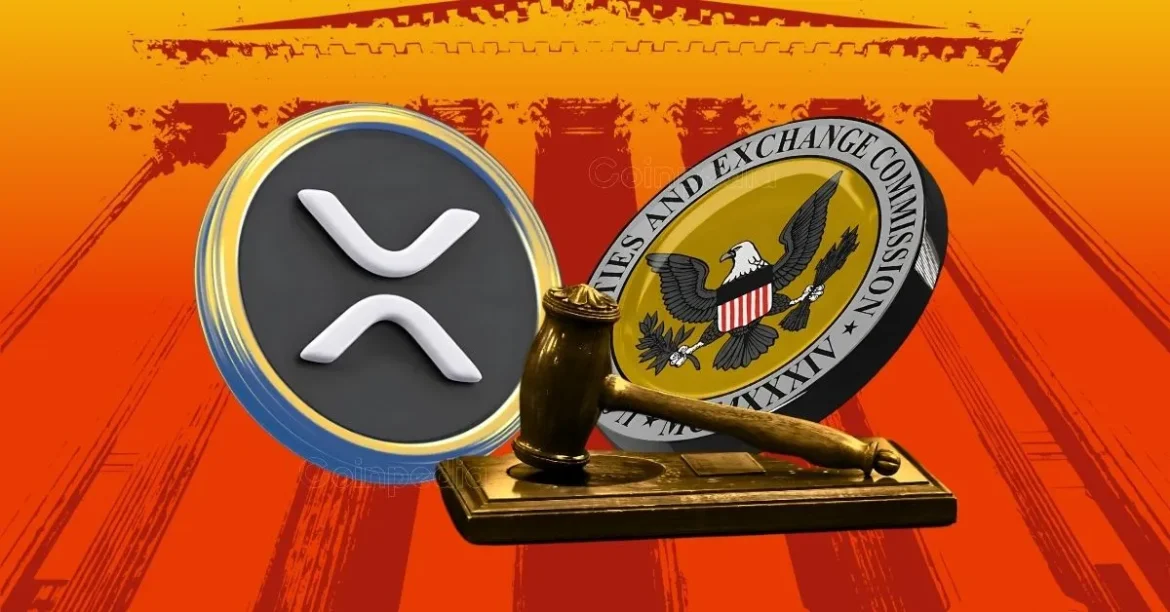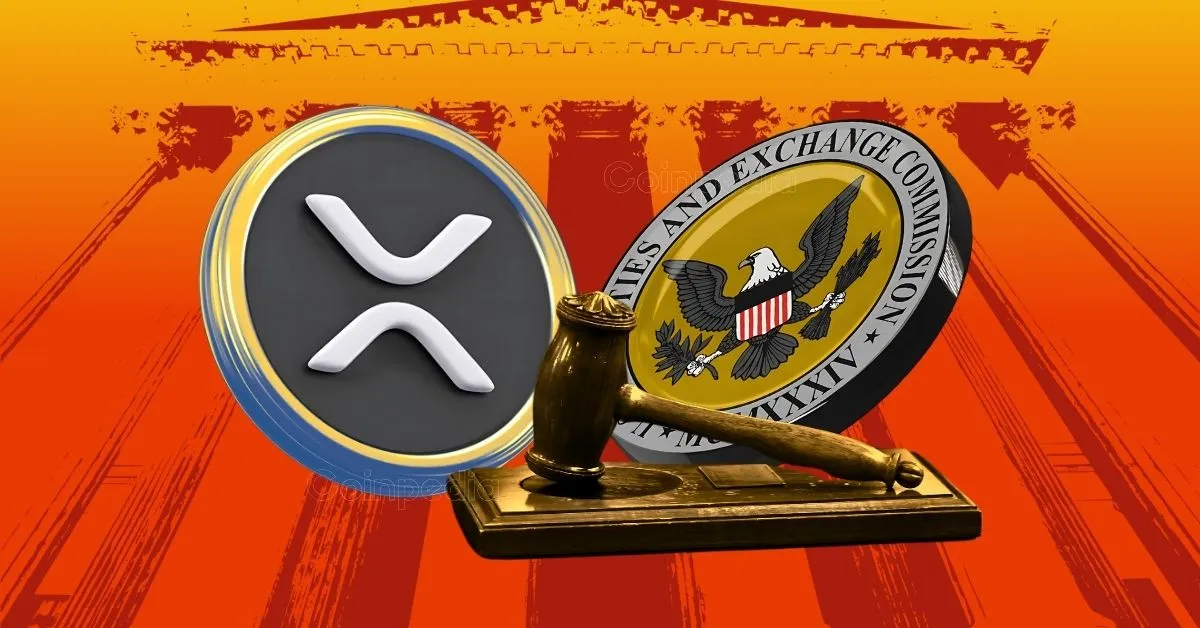The Evolving Landscape of Ripple vs. SEC: A Detailed Analysis
The protracted legal battle between Ripple Labs and the U.S. Securities and Exchange Commission (SEC) continues to unfold with a series of unexpected turns, marked by joint filings and requests for procedural pauses. What began as a dispute over whether XRP constituted an unregistered security has evolved into a complex negotiation surrounding penalties, injunctions, and the potential for a comprehensive settlement. Recent developments suggest the case is nearing a critical juncture, with a significant decision anticipated by mid-August.
The Initial Ruling and Subsequent Appeals
In July 2023, Judge Analisa Torres delivered a landmark ruling that partially favored Ripple. The court determined that secondary sales of XRP did *not* qualify as securities, a significant victory for Ripple and the broader cryptocurrency industry. However, the judge also found that Ripple’s sales of XRP to institutional investors *did* violate securities laws. This mixed outcome led to both parties filing appeals, initiating a lengthy and often stalled process.
The core of the SEC’s argument centered on the assertion that Ripple’s initial distribution and sales of XRP constituted an unregistered securities offering. Ripple countered that XRP should be treated similarly to other cryptocurrencies and not subject to the same stringent regulations. The initial ruling attempted to navigate this complex terrain, resulting in the bifurcated decision that fueled the appeals.
A Shift Towards Collaboration: Joint Motions and Paused Appeals
The narrative took an unexpected turn with a series of joint motions filed by Ripple and the SEC. Initially, in April 2025, both parties requested a 60-day pause in the appeals process to explore a potential settlement. This collaborative approach signaled a willingness to negotiate and potentially avoid a protracted legal battle.
More recently, the parties jointly requested an “indicative ruling” from Judge Torres, seeking to modify aspects of the final judgment, specifically concerning relief and penalties. This request, coupled with a further joint motion to pause the appeals process – extended until August 15th – indicates a concerted effort to reach a resolution outside of the traditional appellate route. The SEC, however, initially argued against the district court intervening due to the ongoing appeal, citing jurisdictional concerns.
The Focus on Penalties and the Injunction
A key element of the current negotiations revolves around the $125 million civil penalty initially imposed on Ripple. The joint proposal suggests a split, with $50 million paid to the SEC and the remaining $75 million returned to Ripple. This represents a significant reduction from the original penalty and demonstrates Ripple’s willingness to compromise.
Equally important is the effort to lift the injunction that currently restricts Ripple’s sales of XRP. Ripple and the SEC are actively seeking to have Judge Torres remove this restriction, which has significantly impacted Ripple’s business operations. Lifting the injunction would allow Ripple to more freely engage in the sale and distribution of XRP, potentially unlocking significant growth opportunities.
Delays and Responsibility: A Legal Expert’s Perspective
The path to resolution hasn’t been without its delays. Legal experts, such as Marc Fagel, have pointed out that both Ripple and the SEC bear responsibility for prolonging the lawsuit by pursuing changes to the court-ordered remedies. This suggests that while a settlement appears increasingly likely, the process is complicated by ongoing negotiations and a desire from both sides to secure the most favorable outcome.
The SEC’s request to pause proceedings in the Second Circuit Appeals Court further underscores the focus on resolving the matter at the district court level. This strategic move suggests the SEC believes a favorable outcome can be achieved through negotiation with Ripple, potentially avoiding a potentially unfavorable ruling from the appeals court.
The August 15th Deadline and Anticipated Decision
The current timeline points to a critical decision by mid-August. The court is expected to rule on the joint motion to reduce the penalty to $50 million and lift the injunction. This ruling will likely be a pivotal moment in the case, potentially paving the way for a final settlement and bringing an end to the years-long legal battle.
The fact that both parties have jointly requested these changes suggests a degree of consensus, increasing the likelihood of a favorable outcome for both sides. However, the SEC’s initial jurisdictional arguments and the inherent complexities of securities law mean that the outcome remains uncertain.
Impact on the XRP Market and the Broader Crypto Industry
Despite the ongoing legal maneuvering, the XRP price has remained relatively stable, currently trading around $2.12. This suggests that the market has largely priced in the potential for a positive resolution. However, a definitive ruling lifting the injunction and significantly reducing the penalty could trigger a substantial rally in the XRP price.
More broadly, the outcome of the Ripple vs. SEC case has significant implications for the entire cryptocurrency industry. A favorable outcome for Ripple could establish a legal precedent that clarifies the regulatory status of other cryptocurrencies, fostering greater innovation and investment in the space. Conversely, a less favorable outcome could lead to increased regulatory scrutiny and uncertainty, potentially hindering the growth of the industry.
Conclusion: A Potential Turning Point
The Ripple vs. SEC lawsuit has reached a fascinating and potentially decisive stage. The shift from adversarial litigation to collaborative negotiation, evidenced by the joint motions and requests for procedural pauses, signals a growing desire from both parties to reach a resolution. The upcoming decision by mid-August will be a defining moment, not only for Ripple and XRP but also for the broader cryptocurrency landscape. The case, once a legal thriller, appears to be nearing its climax, with the potential to reshape the regulatory framework for digital assets and unlock new opportunities for innovation and growth. The joint efforts to modify the penalties and lift the injunction suggest a willingness to compromise, hinting at a future where Ripple and the SEC can coexist within a clearer, more defined regulatory environment.





